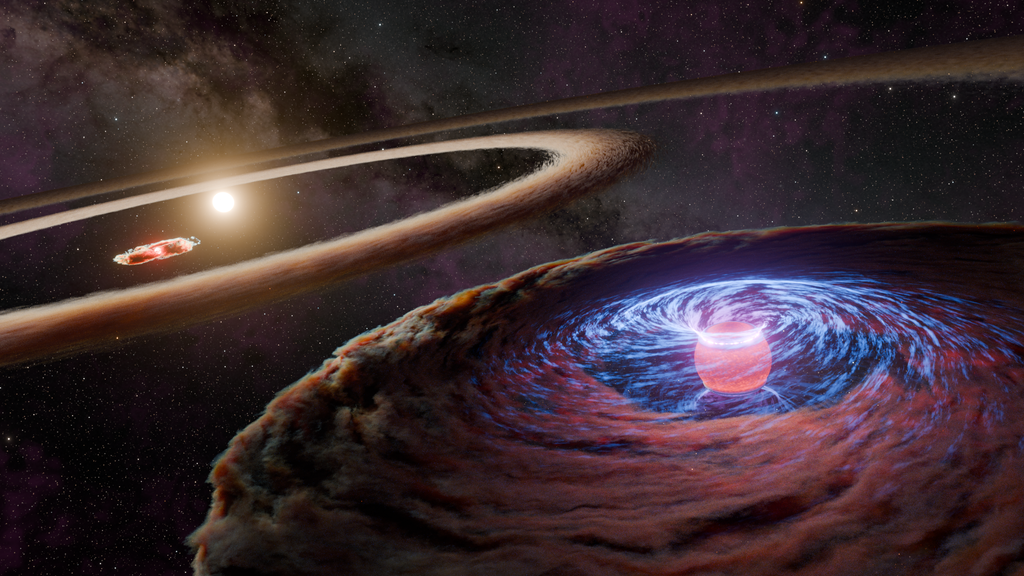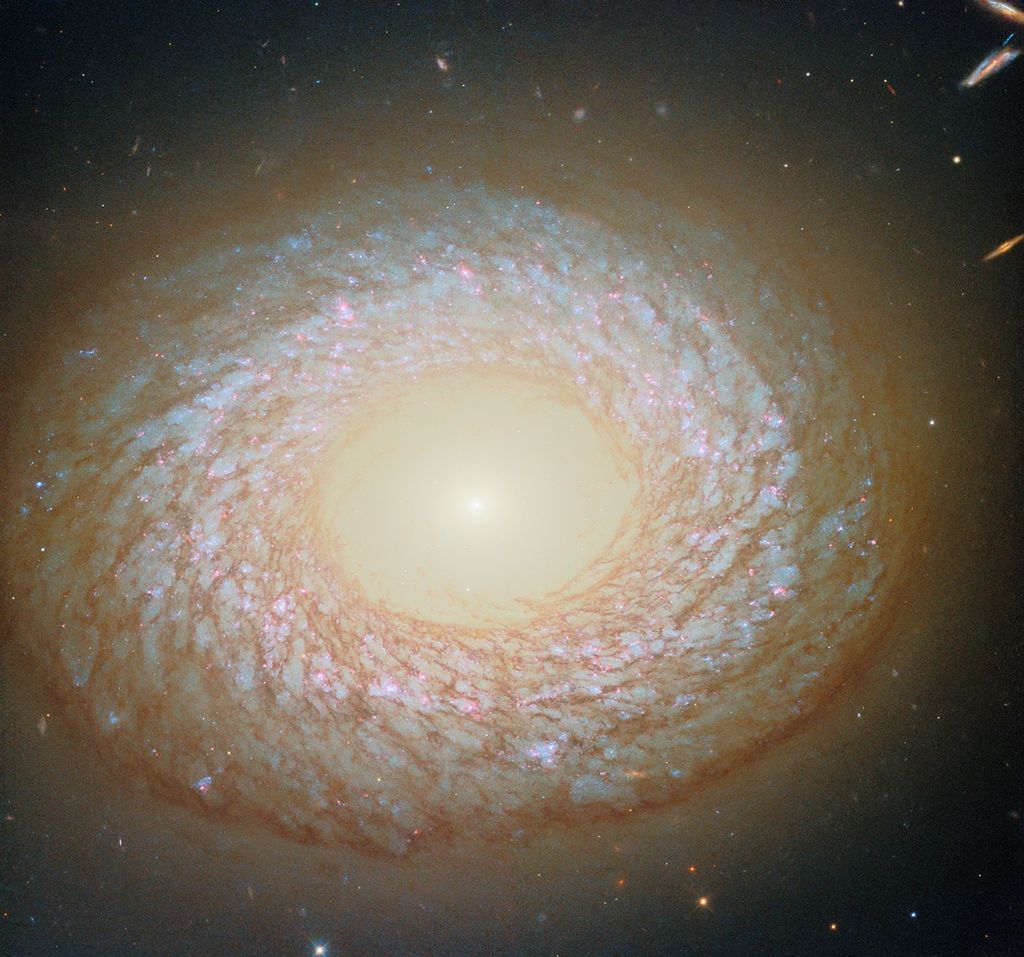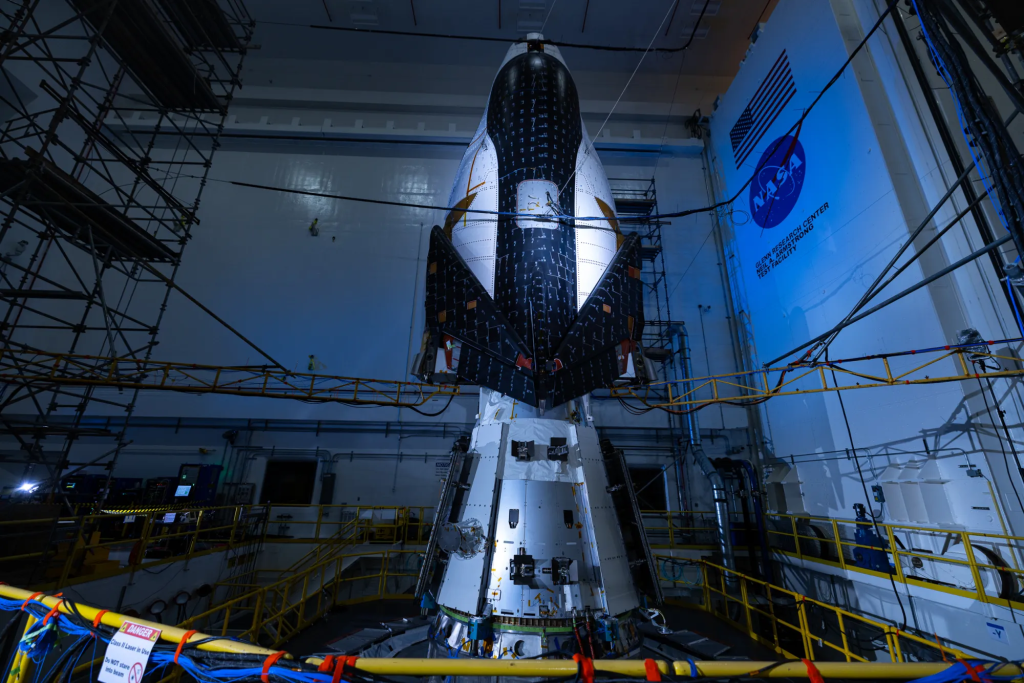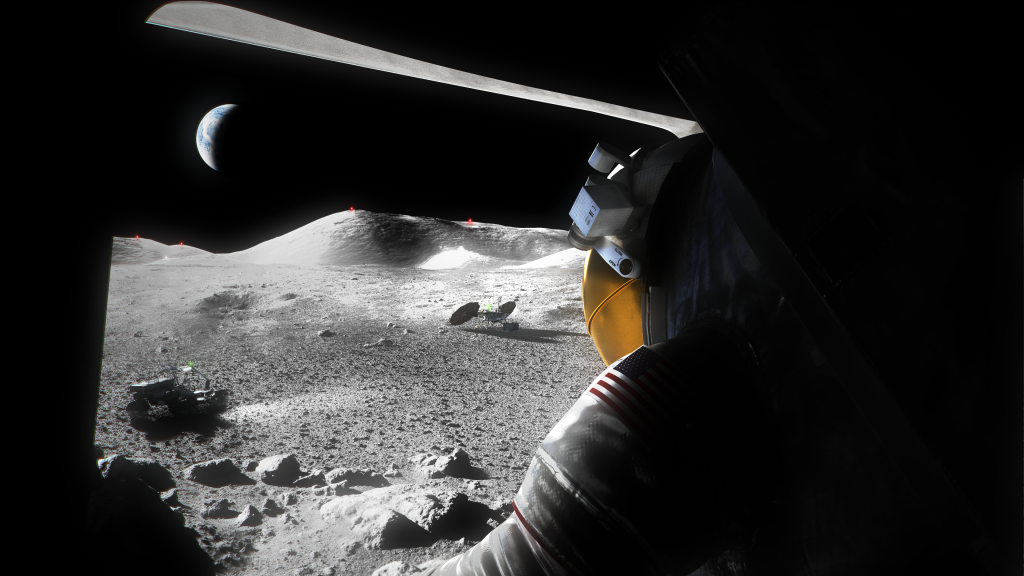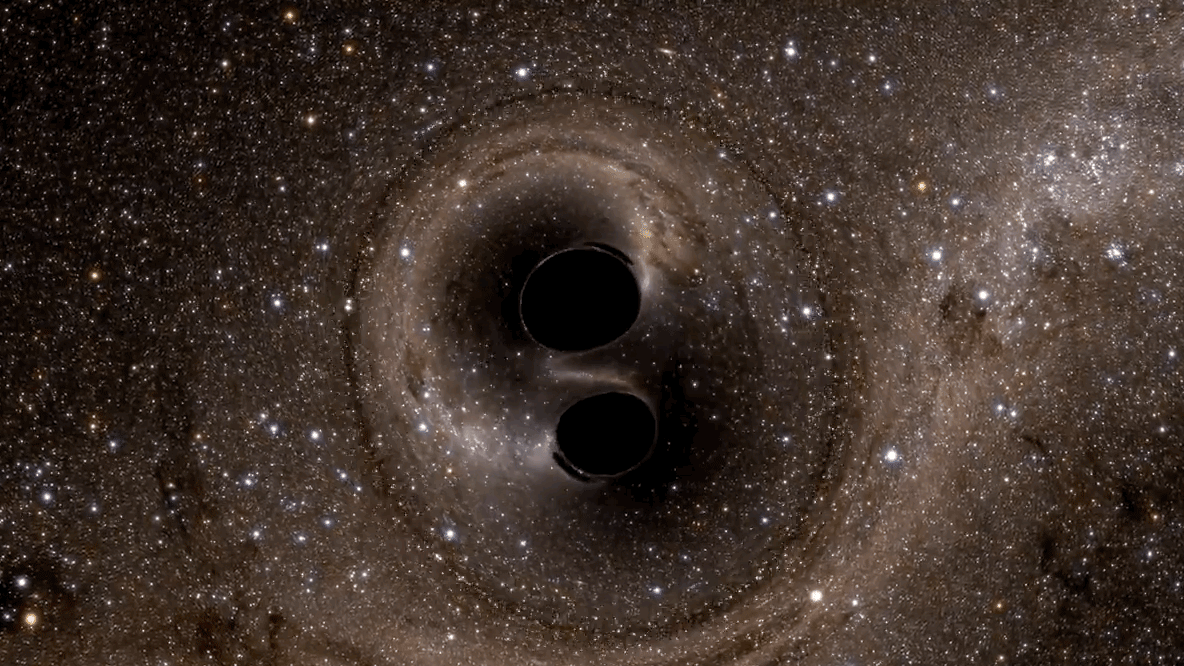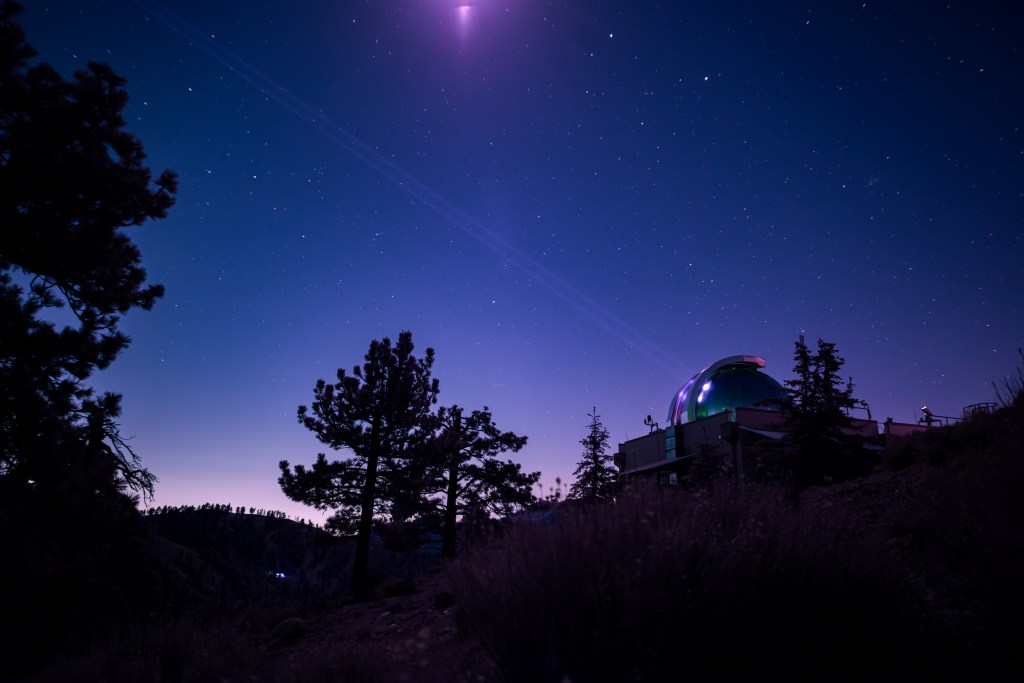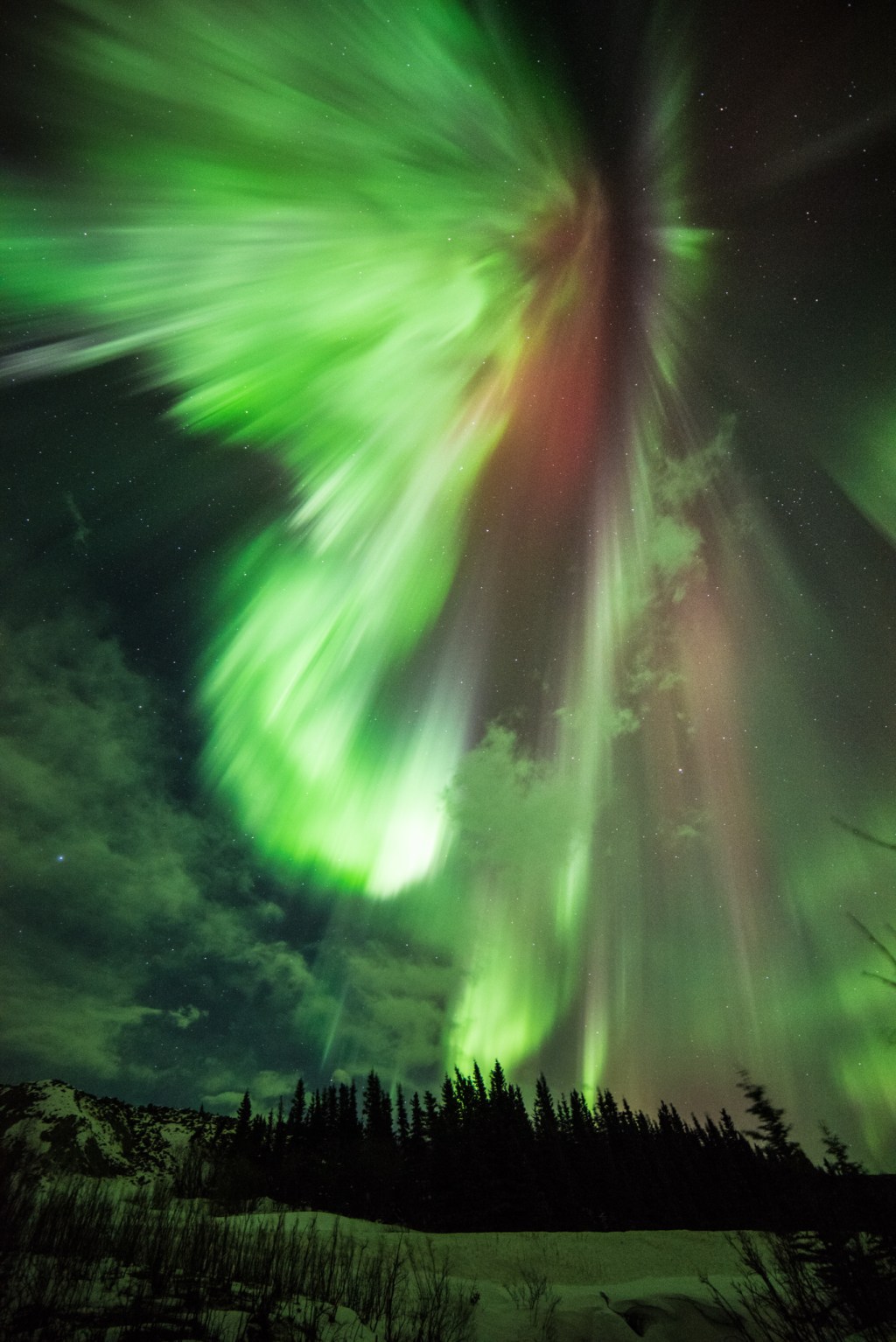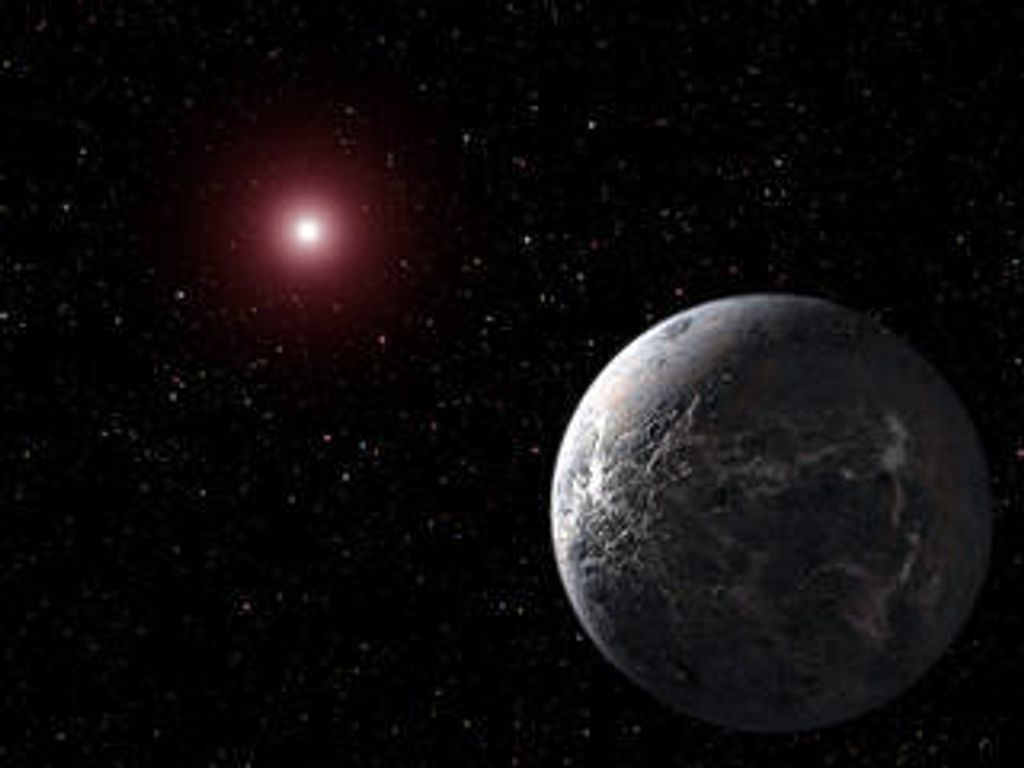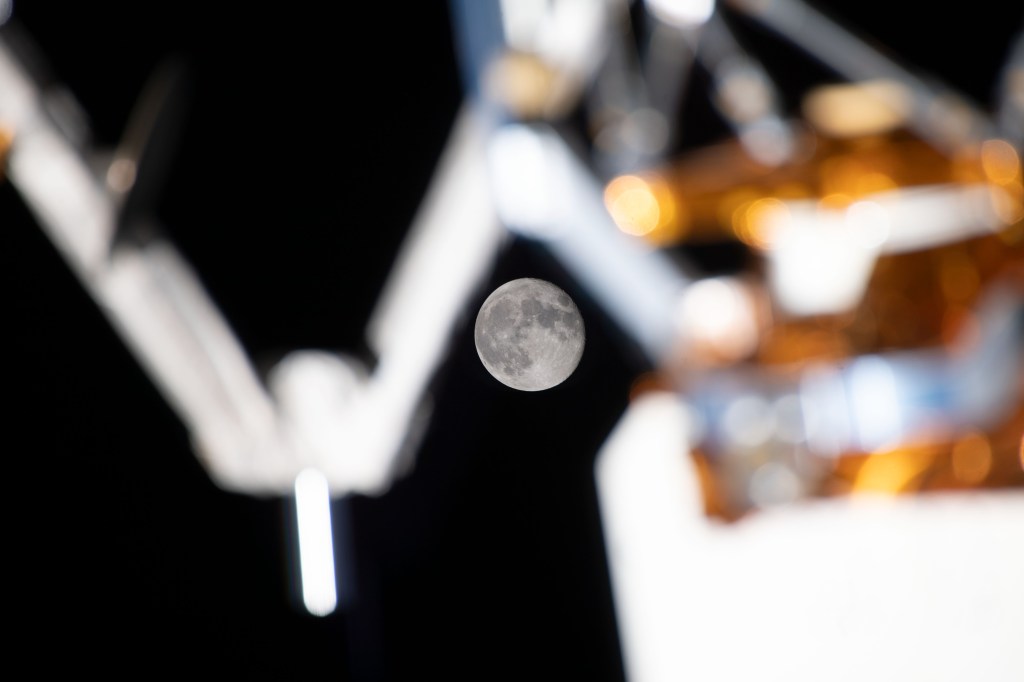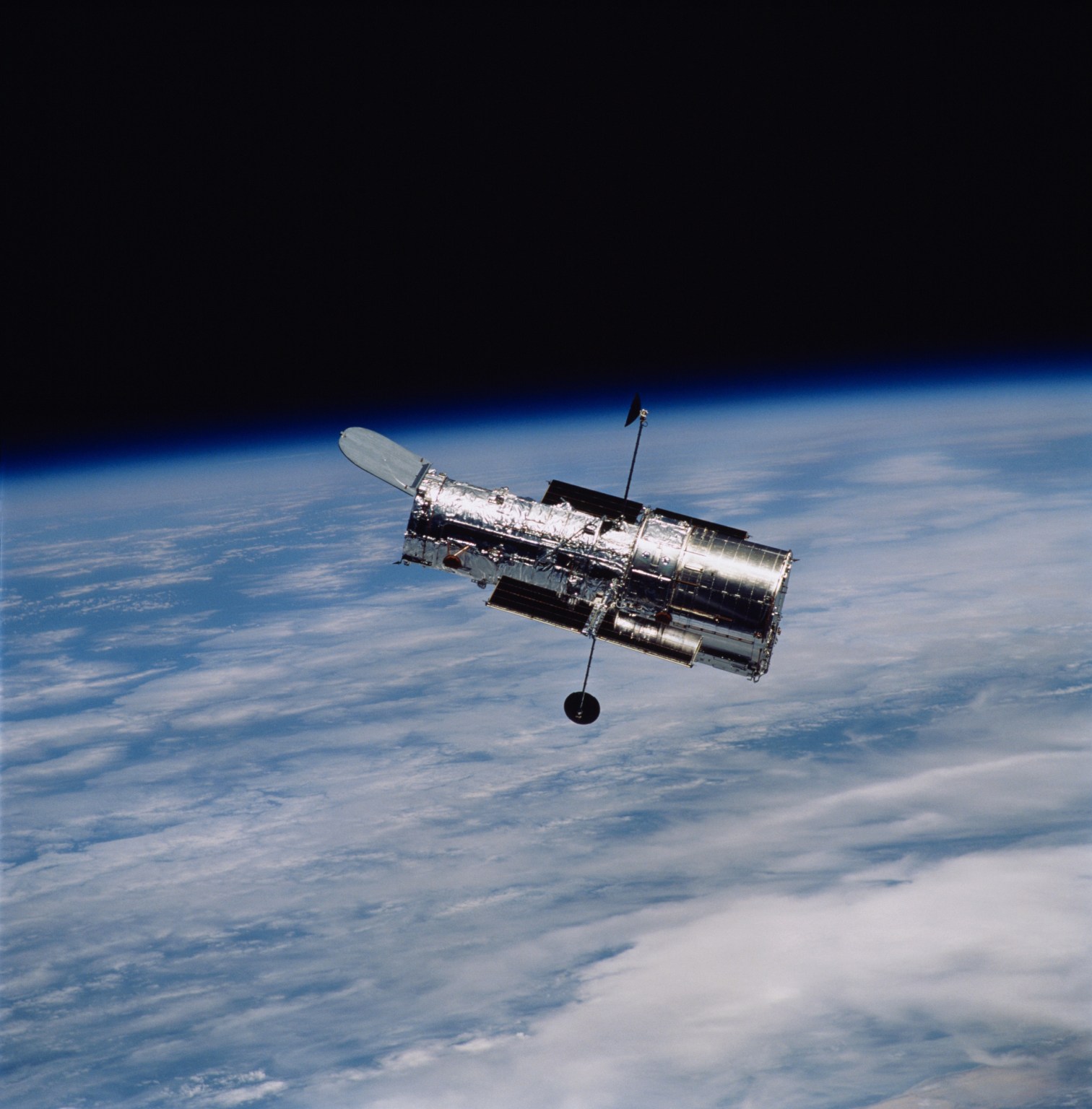1 min read
Temperature Forecast for Exoplanet WASP-121 b (Tylos)
This visualization shows the temperature forecast spanning 130 exoplanet-days, across sunrise, noon, sunset and midnight for the exoplanet WASP-121 b, also known as Tylos. The brighter yellow regions depict areas in the day side of the exoplanet where temperatures soar well above 2,100 degrees Kelvin (3,320 degrees Fahrenheit); due to the close proximity to its host star, roughly 2.6% of the distance of Earth to the Sun. Due to the extreme temperature difference between the day and night sides, astronomers suspect evaporated iron and other heavy metals escaping into the higher layers of atmosphere on the day side partially fall back onto lower layers, making it rain iron at night. Some of the heavy metals also escape the planet's gravity from the upper atmosphere.
It only takes WASP-121 b roughly 31 hours to complete an orbit around its star.
An international team of astronomers assembled and reprocessed Hubble observations of the exoplanet in the years 2016, 2018 and 2019. This provided them with a unique data-set that allowed them to not only analyze the atmosphere of WASP-121 b, but also to compare the state of the exoplanet's atmosphere across several years. They found clear evidence that the observations of WASP-121 b were varying in time. The team then used sophisticated modelling techniques to demonstrate that these temporal variations could be explained by weather patterns in the exoplanet's atmosphere, as seen here.
The international team of astronomers in this study consists of: Q. Changeat (European Space Agency (ESA), Space Telescope Science Institute (STScI), University College London); J.W. Skinner (California Institute of Technology, Brandeis University); J. Y-K. Cho, (Brandeis University, Center for Computational Astrophysics/Flatiron Institute); J. Nättilä (Center for Computational Astrophysics/ Flatiron Institute, Columbia University); I.P. Waldmann (University College London); A.F. Al-Refaie (University College London); A. Dyrek (Université Paris Cité, Université Paris-Saclay); B. Edwards (Netherlands Institute for Space Research, University College London); T. Mikal-Evans (Max Planck Institute for Astronomy); M. Joshua (Blue Skies Space Ltd.); G. Morello (Chalmers University of Technology, Instituto de Astrofísica de Canarias); N. Skaf (University of California, Santa Cruz); A. Tsiaras (University College London); O. Venot (Université de Paris Cité, Université Paris Est Creteil); and K.H. Yip (University College London).
- Release DateJanuary 4, 2024
- Science ReleaseNASA’s Hubble Observes Exoplanet Atmosphere Changing Over 3 Years
- CreditNASA, ESA, Quentin Changeat (ESA/STScI), Mahdi Zamani (ESA/Hubble)
Related Images & Videos

WASP-121 b (Artist's Concept)
This is an artist's concept of the exoplanet WASP-121 b, also known as Tylos. The exoplanet's appearance is based on Hubble simulation data of the object. Using Hubble observations, another team of scientists had previously reported the detection of heavy metals such as...
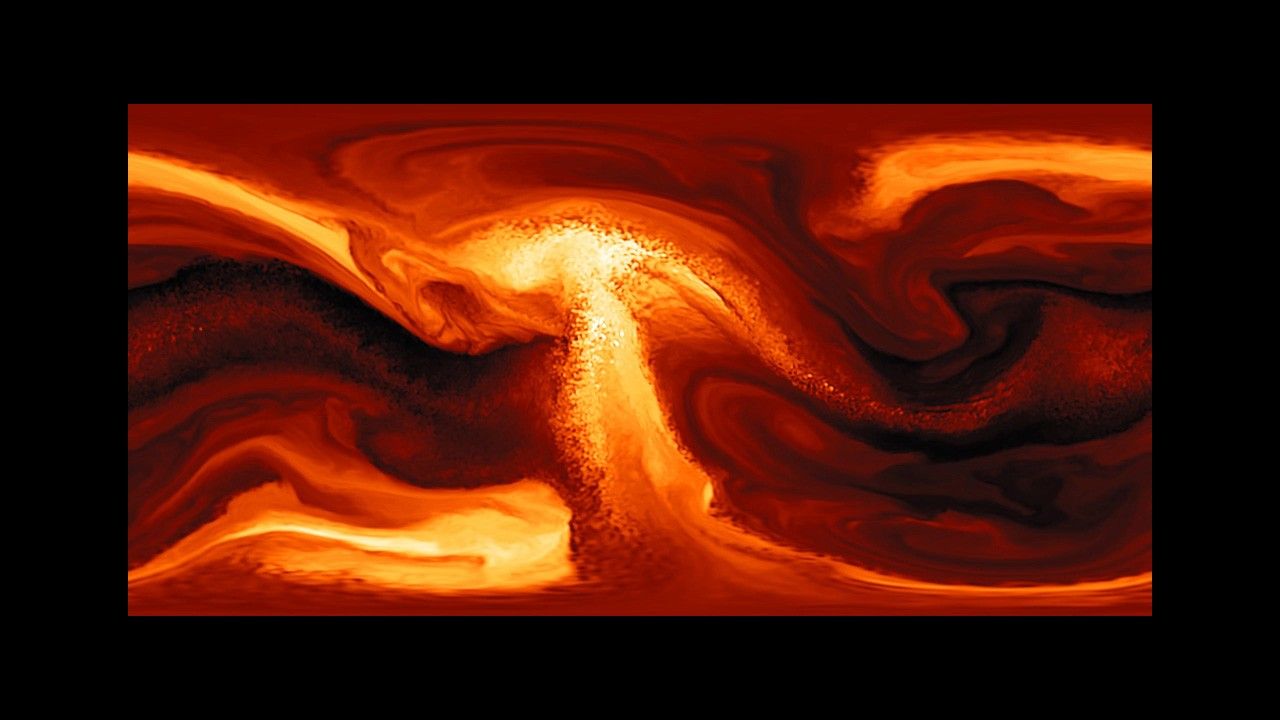
Exoplanet WASP-121 b (Tylos) Simulated Weather Patterns
This visualization shows the weather patterns on the exoplanet WASP-121 b, also known as Tylos. This video has been slowed to observe the patterns in the exoplanet's atmosphere in closer detail. An international team of astronomers assembled and reprocessed Hubble observations...
Share
Details
Claire Andreoli
NASA’s Goddard Space Flight Center
Greenbelt, Maryland
claire.andreoli@nasa.gov

